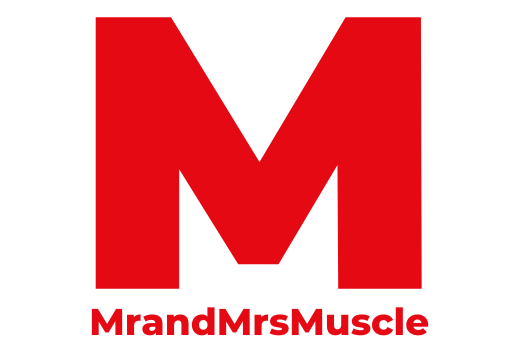What is the Spinalis Muscle?
The spinalis muscle is located in the back, specifically in the area of the spine. It is divided into three parts:
Spinalis thoracis muscle – located in the upper back and is responsible for extending the thoracic spine.
The Spinalis cervicis muscle – located in the neck and is responsible for extending the cervical spine.
Spinalis lumborum muscle – located in the lower back and is responsible for extending the lumbar spine.
In simple words, the spinalis is a group of muscles that helps to extend the spine and keep it upright and helps to maintain good posture and stability when standing, sitting and moving.
Origin, Insertion and Function
Origin
- Spinalis thoracis: originates from the transverse processes of the thoracic vertebrae
- The spinalis cervicis: originates from the transverse processes of the cervical vertebrae
- Spinalis lumborum: originates from the transverse processes of the lumbar vertebrae (1)
Insertion
- Spinalis thoracis: inserts on the spinous processes of the thoracic vertebrae
- The spinalis cervicis: inserts on the spinous processes of the cervical vertebrae
- Spinalis lumborum: inserts on the spinous processes of the lumbar vertebrae
Function
- Spinalis thoracis: helps to extend the thoracic spine
- The spinalis cervicis: helps to extend the cervical spine
- Spinalis lumborum: helps to extend the lumbar spine

Common signs of weak Spinalis Muscles
Common signs of weakness in this area include:
Poor posture such as slouching or hunching forward.
Back pain: Weak spinalis muscles can cause strain on the back, leading to pain or discomfort.
Limited range of motion: Weak spinalis muscles can make it difficult to move the spine, leading to a limited range of motion.
Weakness in the back: making it difficult to perform activities that require strength in the back, such as lifting heavy objects or performing exercises like deadlifts.
Poor balance and difficulty standing or walking in a stable manner.
Spinal instability: Weak spinalis muscles can lead to instability in the spine, therefore making it more susceptible to injury.
Difficulty in performing daily activities such as carrying groceries, lifting kids or even picking up things from the floor.
It’s important to note that these symptoms can also be caused by other factors and it is best to consult with a medical professional if you are experiencing any of these symptoms.
Exercises to strengthen the Spinalis muscle
Here are some exercises that can help to strengthen the spinalis:
Deadlifts: Stand with your feet hip-width apart and your knees slightly bent. Hold a barbell with an overhand grip, keeping your back straight and your chest up. Bend at the hips and lower the barbell towards your knees, then lift it back up to the starting position.
Superman: Lie on your stomach with your arms stretched out in front of you. Simultaneously raise your arms, legs, and chest off the floor, squeezing your lower back muscles. Hold for a few seconds, then lower back down.
Good Mornings: Stand with your feet hip-width apart and your knees slightly bent. Hold a barbell behind your neck with your palms facing each other. Keep your back straight and bend forward at the hips, lowering the barbell towards your thighs. Return to the starting position.
Reverse Hyperextensions: Lie face down on a hyperextension bench, with your hips supported and your ankles secured under the pads. Slowly raise your legs up towards the ceiling, squeezing your lower back muscles as you lift. Lower back down to the starting position.
Planks: Get into a push-up position with your hands placed directly under your shoulders. Your body should form a straight line from your head to your toes. Hold this position for as long as you can while keeping your core engaged.
Scapular Retractions: Stand with your arms at your sides and your shoulders rolled forward. Squeeze your shoulder blades together and pull them back, then release. Repeat this movement several times.
Standing Rotation: Stand with your feet shoulder-width apart and your arms extended out to the sides. Slowly rotate your torso to the right, and then to the left. Repeat this movement several times
References:
- Henson B, Kadiyala B, Edens MA. Anatomy, Back, Muscles. [Updated 2022 Aug 25]. In: StatPearls [Internet]. Treasure Island (FL): StatPearls Publishing; 2022 Jan-. Available from: https://www.ncbi.nlm.nih.gov/books/NBK537074/
